Anthropology
Related: About this forumArcheological excavation of Terracotta Warriors delivers fruitful, illuminating outcomes
Xinhua, September 10, 2024

Color-painted figure heads are pictured during an exhibition commemorating the 50th anniversary of the discovery and excavation of the iconic Terracotta Warriors at the Emperor Qinshihuang's Mausoleum Site Museum in Xi'an, capital of northwest China's Shaanxi Province, Sept. 8, 2024. (Xinhua/Li Yibo)
A Terracotta Warrior, with its arms extended forward to mimic the posture of holding reins and driving a chariot, drew the eyes of visitors at an exhibition in Xi'an, capital of northwest China's Shaanxi Province.
Unlike most grey-white warriors which had lost their paint due to a chemical reaction that caused it to peel off after they were unearthed, the sleeves of this warrior managed to retain their paint.
The color of the sleeves, known as Chinese Purple or barium copper silicate, was created chemically via reactions involving azurite, malachite and other elements at 1,000 degrees Celsius, according to Ye Ye, deputy director of the exhibition department of the Emperor Qinshihuang's Mausoleum Site Museum in Xi'an.
"Chinese Purple has not yet been found in nature, while this figurine is the earliest object with the exact age information and unearthed location to feature this color," said Ye. "The pigment is still difficult to produce even with current leading technologies, illustrating the wisdom of ancient Chinese people."
More:
http://www.china.org.cn/arts/2024-09/10/content_117417998.htm
Judi Lynn
(162,115 posts)(Xinhua) 08:20, September 10, 2024

Source: XinhuaEditor: huaxia2024-09-08 15:01:15
People visit an exhibition, commemorating the 50th anniversary of the discovery and excavation of the iconic Terracotta Warriors, at the Emperor Qinshihuang's Mausoleum Site Museum in Xi'an, capital of northwest China's Shaanxi Province, Sept. 8, 2024. The exhibition, which opened on Sunday, showcases 230 cultural relics in eight categories, many being revealed to the public for the first time, offering a glimpse into the era of Emperor Qinshihuang of the Qin Dynasty (221 BC-207 BC). (Xinhua/Li Yibo)
XI'AN, Sept. 8 (Xinhua) -- An exhibition opened Sunday at the Emperor Qinshihuang's Mausoleum Site Museum in Xi'an, capital of northwest China's Shaanxi Province, to commemorate the 50th anniversary of the discovery and excavation of the iconic Terracotta Warriors.
The exhibition showcases 230 cultural relics in eight categories, many being revealed to the public for the first time, offering a glimpse into the era of Emperor Qinshihuang of the Qin Dynasty (221 BC-207 BC).
In 1974, local farmers accidentally unearthed clay fragments while digging a well, leading to one of China's most significant archaeological discoveries -- the army of Terracotta Warriors -- which was added to the UNESCO World Heritage List in 1987.
Around 2,000 life-size clay warriors and numerous weapons had been unearthed from three pits surrounding Qinshihuang's tomb, covering an area of over 20,000 square meters.
After 50 years of excavation and research, over 10 above-ground building sites and more than 500 underground burial pits and tombs have been discovered in the mausoleum. Over 50,000 pieces of relics have been unearthed.
. . .
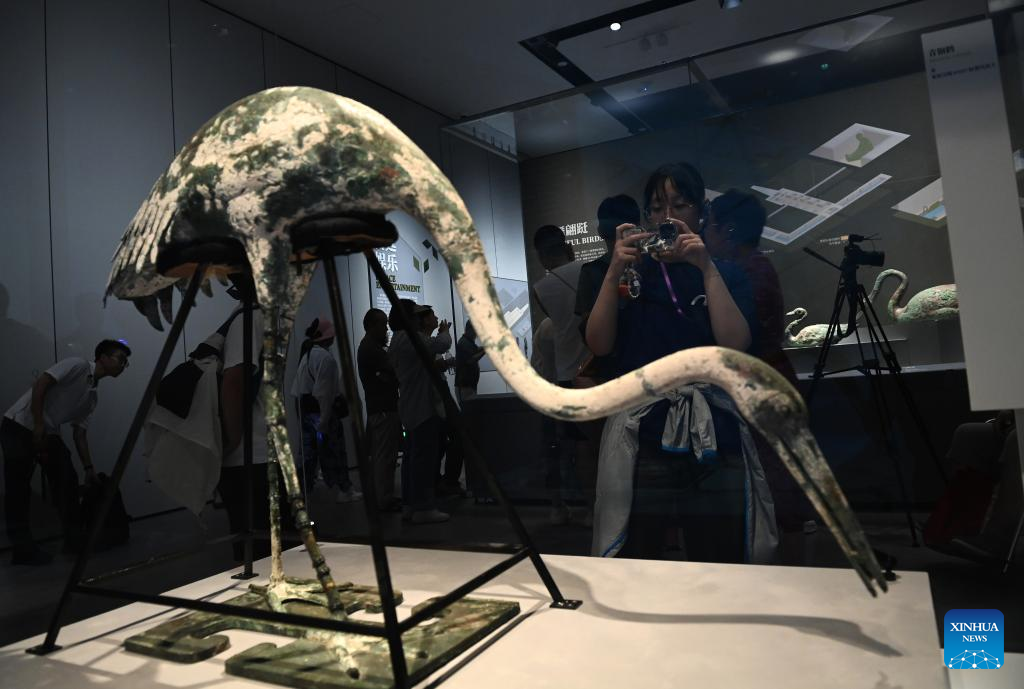
More:
https://english.news.cn/20240908/69ef432f25ad430fb1c5c61e1e14b8bf/c.html
duncang
(2,987 posts)I hope one day I can at least see photos of what’s in the main tomb. Even if it’s a small camera placed in there.
Judi Lynn
(162,115 posts)Alia Shoaib Aug 6, 2023, 7:25 AM CDT
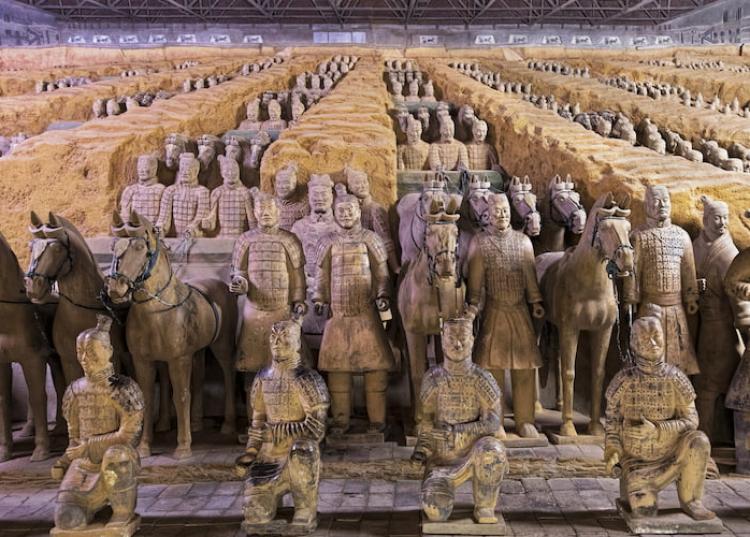
DnDavis/Shutterstock
Archaeologists are too scared to open up the 2,200-year-old tomb of China's first emperor Qin Shi Huang because they fear it might harbor deadly booby traps.
The mausoleum of the emperor, who ruled from 221 to 210 BC, is in Lintong District, Xi'an, Shaanxi. It is guarded by the iconic Terracotta Army, sculptures meant to protect him in the afterlife.
While parts of the necropolis have been explored, the tomb itself has never been opened due to fears of what might be inside.
Ancient Chinese historian Sima Qian wrote an account about 100 years after the emperor's death describing possible booby traps inside the tomb.
"Craftsmen were ordered to make crossbows and arrows primed to shoot at anyone who enters the tomb. Mercury was used to simulate the hundred rivers, the Yangtze and Yellow River, and the great sea, and set to flow mechanically," the text reads, per IFL Science.
While some scientists dismiss the accounts as being fantastical, a 2020 study indicated that mercury concentrations around the tomb were at significantly higher levels than expected.
"Highly volatile mercury may be escaping through cracks, which developed in the structure over time, and our investigation supports ancient chronicle records on the tomb, which is believed never to have been opened/looted," the paper read.
The formidable and ambitious Qin Shi Huang was the first to rule a unified China, and historical reports suggest he became obsessed with drinking mercury in a misguided quest for eternal life.
More:
https://www.businessinsider.com/why-archeologists-afraid-open-tomb-chinas-first-emperor-2023-8
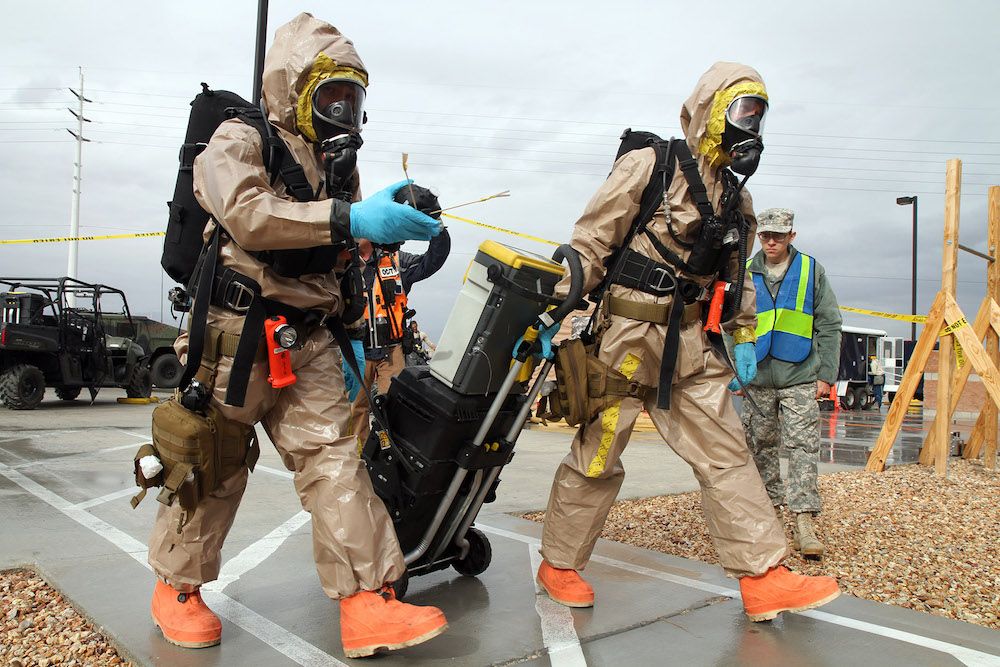
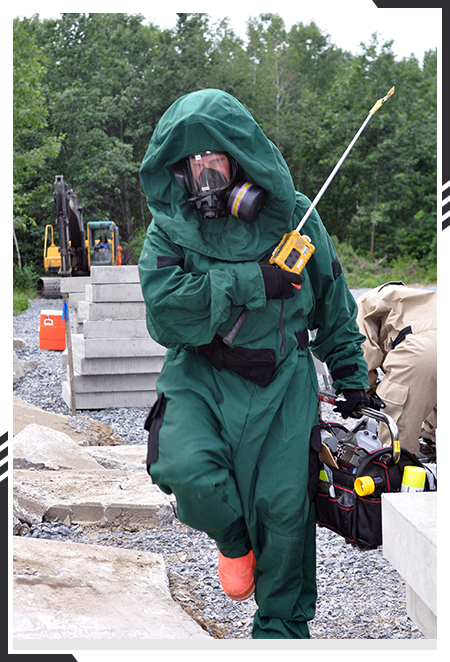
duncang
(2,987 posts)I’m hoping they can figure a way to drill a hole from the side to get a camera in. I know they don’t want to come from the top since there’s supposed to be stars overhead made from jewels.
Judi Lynn
(162,115 posts)Alia Shoaib Aug 6, 2023, 7:25 AM CDT
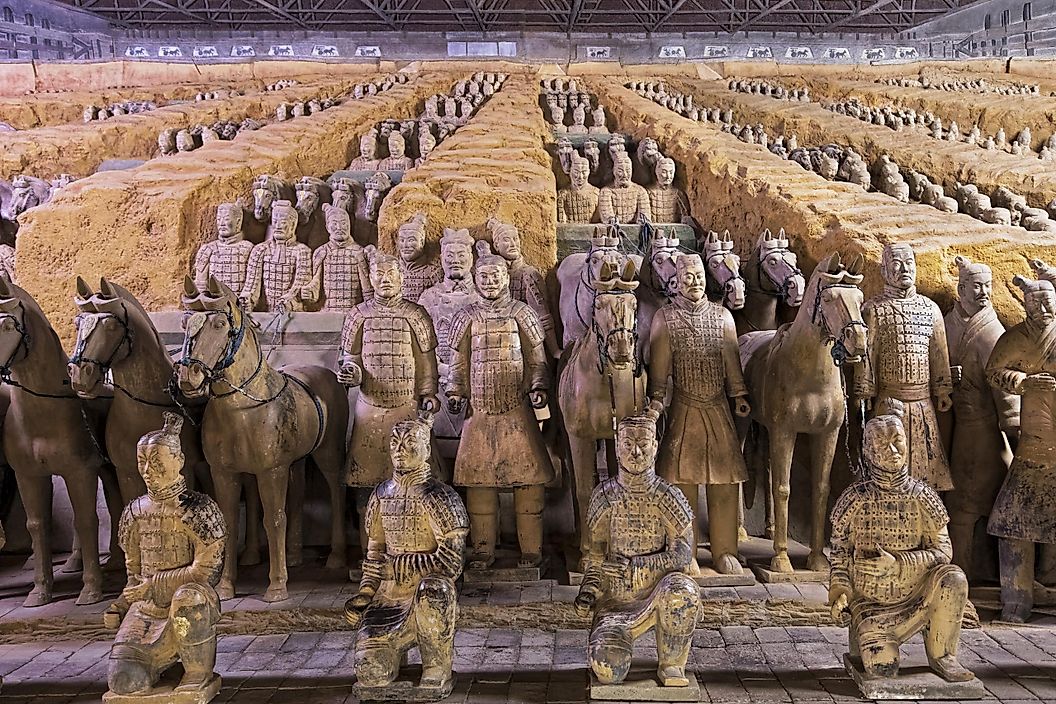
Archaeologists are too scared to open up the 2,200-year-old tomb of China's first emperor Qin Shi Huang because they fear it might harbor deadly booby traps.
The mausoleum of the emperor, who ruled from 221 to 210 BC, is in Lintong District, Xi'an, Shaanxi. It is guarded by the iconic Terracotta Army, sculptures meant to protect him in the afterlife. While parts of the necropolis have been explored, the tomb itself has never been opened due to fears of what might be inside.
Ancient Chinese historian Sima Qian wrote an account about 100 years after the emperor's death describing possible booby traps inside the tomb.
"Craftsmen were ordered to make crossbows and arrows primed to shoot at anyone who enters the tomb. Mercury was used to simulate the hundred rivers, the Yangtze and Yellow River, and the great sea, and set to flow mechanically," the text reads, per IFL Science.
While some scientists dismiss the accounts as being fantastical, a 2020 study indicated that mercury concentrations around the tomb were at significantly higher levels than expected.
More:
https://www.businessinsider.com/why-archeologists-afraid-open-tomb-chinas-first-emperor-2023-8
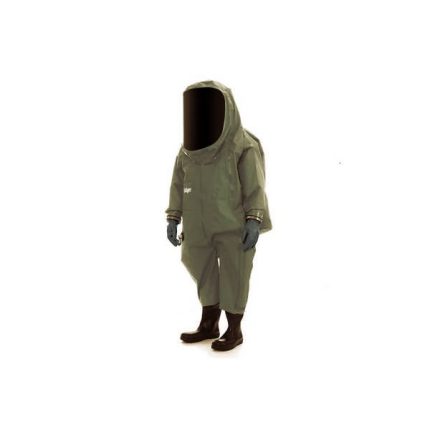

Send me in, coach.